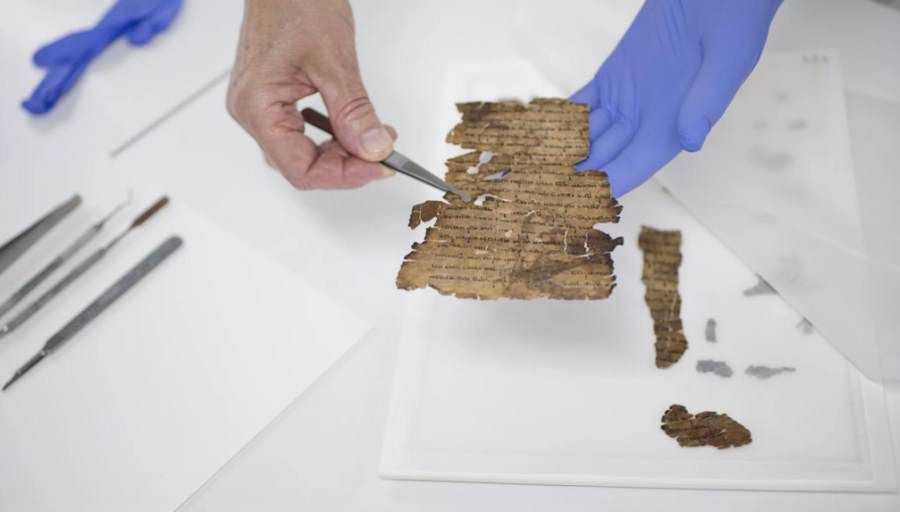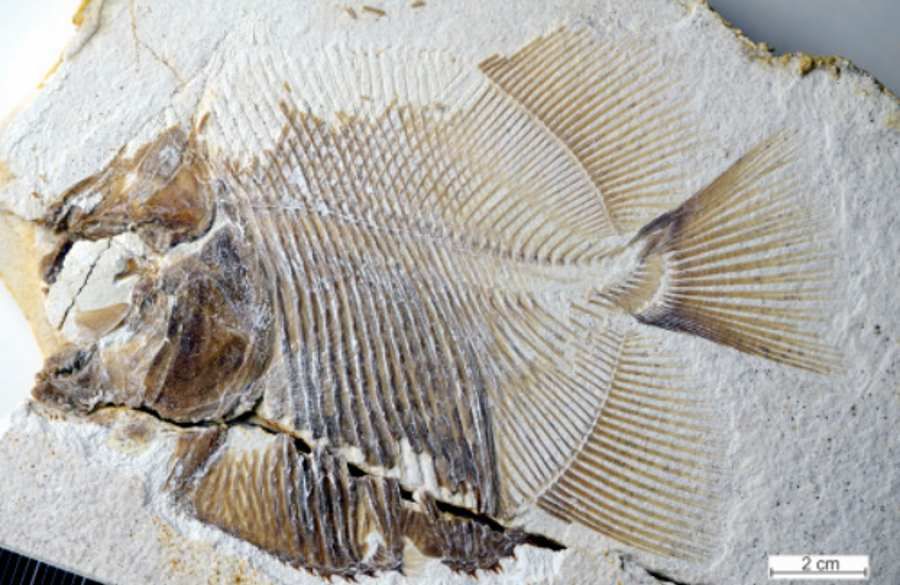Italy’s Campi Flegrei supervolcano is preparing to erupt. But it may take time..
Researchers suggest that Italy’s Campi Flegrei (Flegreian Fields) supervolcano is on the verge of a massive eruption, although this phase could take thousands of years. Scientists have analyzed previous such events and found that they fit a pattern that ends in a massive explosion.
New research on Campi Flegrei published in „Science Advances” indicate that magma is building up in the magma chamber. This could potentially lead to a massive eruption, but volcanologists reassure that any rumors of impending disaster are greatly exaggerated. Nevertheless, the researchers emphasize that super volcano must be under constant observation.
Campi Flegrei, located on the Gulf of Naples – one of the most populated regions in on Earth, is an active and restless volcano. More than 500,000 wasps live in close proximity to the potentially dangerous supervolcano b, and in Naples alone more than three million.
The diameter of a volcano’s caldera (the cavity created when a volcano explodes and destroys a g The volcanic cone is 13 kilometers long . There are 24 volcanic craters and cones, and a giant lava lake beneath it. The region is constantly active and ground deformation is occurring, sulphurous fumes are rising and there are hot springs dla.
Researchers led by volcanologist Francesca Forni of the Federal Polytechnic University of Zurich, examined 23 eruptions from the turbulent history of Campi Flegrei. Based on this data, they developed a computer model simulating the conditions leading to an eruption. This research may help to a better understanding of the cycle in volcanic activity.
To find a clue The diameter of the caldera (the cavity created by the volcano’s eruption and destruction) is the result of volcanic activity l Flegresias, teams ³ scientist examined the chemical composition of volcanic rocks, mineral in and pr bek of glass from ancient eruptions. The last of these is referred to as Monte Nuovo (new g ra). It occurred in 1538 and lasted eight days, during which hich created a 120-meter-high hill of region.
But the earlier ones were much bigger. Experts believe that the eruption of 40 thousand. years has thrown about 300 km into the air³ ash and rocks, leading to a drop in global temperature of 1-2 degrees Celsius. Celsius. A 200 km³ magma. Some researchers blame this eruption for the extinction of Neanderthals in Europe.
New research on Campi Flegrei
Scientists have concluded that the magma beneath Campi Flegrei may be entering a building, accumulating phase that will lead to a massive eruption at some unspecified point in the future. But to be clear, a hypothetical eruption could happen in as many as a thousand years.
In the publication, the authors pointed out that the recent eruption was characterized by strongly zr The eruption will be an eruption of a fertile magma with high water and CO2 content. Such eruptions were preceded by massive, catastrophic events. This suggests that the super volcano m head to begin a cycle leading to an eruption large enough to change the landscape of this area of Italy. – Of course, an eruption may occur, but we don’t know when – admitted Forni.
– Understanding what melts beneath the surface of a volcano is very important to help predict how volcanoes may behave in the future. This is truly remarkable research. Collecting data from all the eruptions tells us the story of the super volcano – said Janine Krippner, a volcanologist at Concord University in West Virginia, which and was not involved in the research.
– In the past, many studies at Campi Flegrei have focused on a single eruption or a limited period of activity. Our study is the first that hich takes into account the evolution of the whole system – explained Forni.
As Forni points out, the eruption of Monte Nouvo reflected a change of state in magma storage conditions. According to her, the conditions needed for magma accumulation and a large eruption, such as temperature, pressure, gas content and the presence of water, were met during the 1538 eruption.
Cycles lasting much longer than human lifespan are difficult to assess. Forni admitted that the previous cycle leading to the massive eruption lasted 21,000 years. years, but there’s no guarantee that the next one will last the same amount of time. There are r It is also possible that the volcano could have been extinct by then.
Campi Flegrei activity is closely monitored by authorities and scientists . There are state-of-the-art sensors in the area, but it is important to realize that the current state of knowledge and the early warning system will not give enough time to evacuate the entire area. If an eruption occurs, it will r also to an enormous tragedy. However, researchers warn against panic. Scientists know too little to predict these types of events and are unable to predict exactly when a volcanic eruption will occur.



